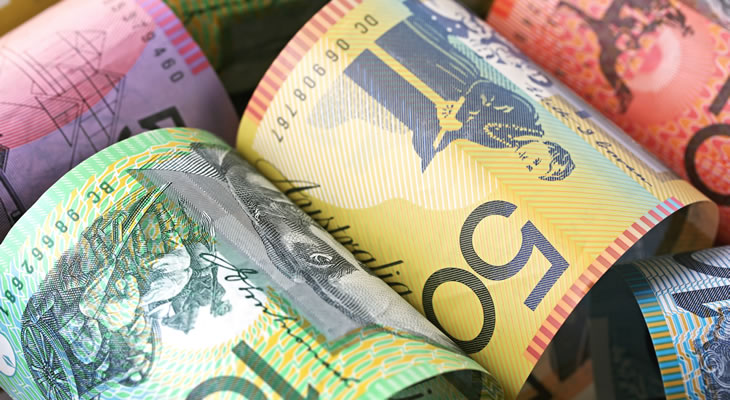GBP/AUD Conversion Rate Predicted to Tick Higher after OECD Calls for BoE Rate Hike in Early 2016
The Pound Sterling to Australian Dollar (GBP/AUD) exchange rate edged higher by around 0.5% on Monday afternoon.
With a complete absence of domestic data to provoke volatility, the Pound is holding a comparatively weak position versus its major peers following last week’s particularly dovish Bank of England (BoE) policy outlook. After the British central bank slashed growth and inflation forecasts, many futures traders were forced to delay bets regarding a cash rate increase. Some traders are going so far as to predict that the BoE will hold off tightening policy into 2017. However, Monday has seen a moderate Sterling recovery following news from the Organisation for Economic Co-operation and Development (OECD). The OECD stated that the BoE should consider hiking rates in early 2016 to avoid stoking excess demand pressures.
‘Spare capacity is low and a gradual normalisation in interest rates, with the first hike in early 2016, would be prudent to contain excess demand pressures that now seem to be developing,’ the Paris-based OECD said in a report on Monday. ‘Higher interest rates should encourage greater economic restructuring thereby supporting productivity, which stronger infrastructure investment would further boost.’ The OED also added that ‘house-price buoyancy could restrict access to the rental market, reducing labour mobility, and boost household indebtedness, creating financial stability risks. Past structural reforms have put the structural unemployment rate on a downward trend, although the recent decision to lift the minimum wage could work in the opposite direction.’
The Pound Sterling to Australian Dollar (GBP/AUD) exchange rate is currently trending in the region of 2.1448.
AUD/GBP Exchange Rate Predicted to Decline after Chinese Imports Drop Significantly
The Australian Dollar declined versus many of its currency peers on Monday morning as traders continued to digest yesterday’s less-than-ideal Chinese economic data. October’s Trade Balance saw the surplus drop beyond expectations. Of particular detriment, in terms of demand for the ‘Aussie’ (AUD), was October’s Chinese Imports which dived by -18.8%. This suggests that demand for Australia’s exports from the world’s second-largest economy remains particularly damp. 0.4% growth in Australia’s ANZ Job Advertisements on the month in October had minimal impact on ‘Aussie’ demand.
However, Australian Dollar losses have been somewhat slowed during Monday’s European session thanks to US Dollar weakness. After Friday’s surprisingly positive US Non-Farm Payrolls result caused a significant USD appreciation, overvaluation concerns weighed on investor sentiment. At current values, the US Dollar would have a detrimental impact on growth prospects. With this in mind, Monday has seen a reduction in demand for the US Dollar which, in turn, made high-yielding assets more attractive. Also helping avoid a larger ‘Aussie’ depreciation today was Chinese stock prices which have officially entered a bull market. The Shanghai Composite Index ended Monday’s Asian session close to 1.6% up.
The Pound Sterling to Australian Dollar (GBP/AUD) exchange rate dropped to a low of 2.1330 today.
Pound Sterling to Australian Dollar (GBP/AUD) Exchange Rate Forecast to Fluctuate on US Labour Market Conditions Index Change
As traders await October’s US Labour Market Conditions Index Change data, the Pound Sterling to Australian Dollar (GBP/AUD) exchange rate is likely to hold current moderate gains. However, a positive result from US data could see the North American asset resume its uptrend. This would see cooler demand for the ‘Aussie’ and therefore provoke further GBP/AUD appreciation.
Looking further ahead, the GBP/AUD conversion rate is likely to see significant volatility during Tuesday’s Asian session with Chinese Aggregate Financing data due for publication. Should Chinese data produce a disappointing result Chinese stock prices are likely to decline. This would see dampened demand for the Australian Dollar. China’s Consumer Price Index and Australian NAB Business Confidence, Home Loans, Investment Lending and Value of Loans data will all impact the GBP/AUD exchange rate tomorrow.
The Pound Sterling to Australian Dollar (GBP/AUD) exchange rate climbed to a high of 2.1452 during Monday’s European session.


Comments are closed.